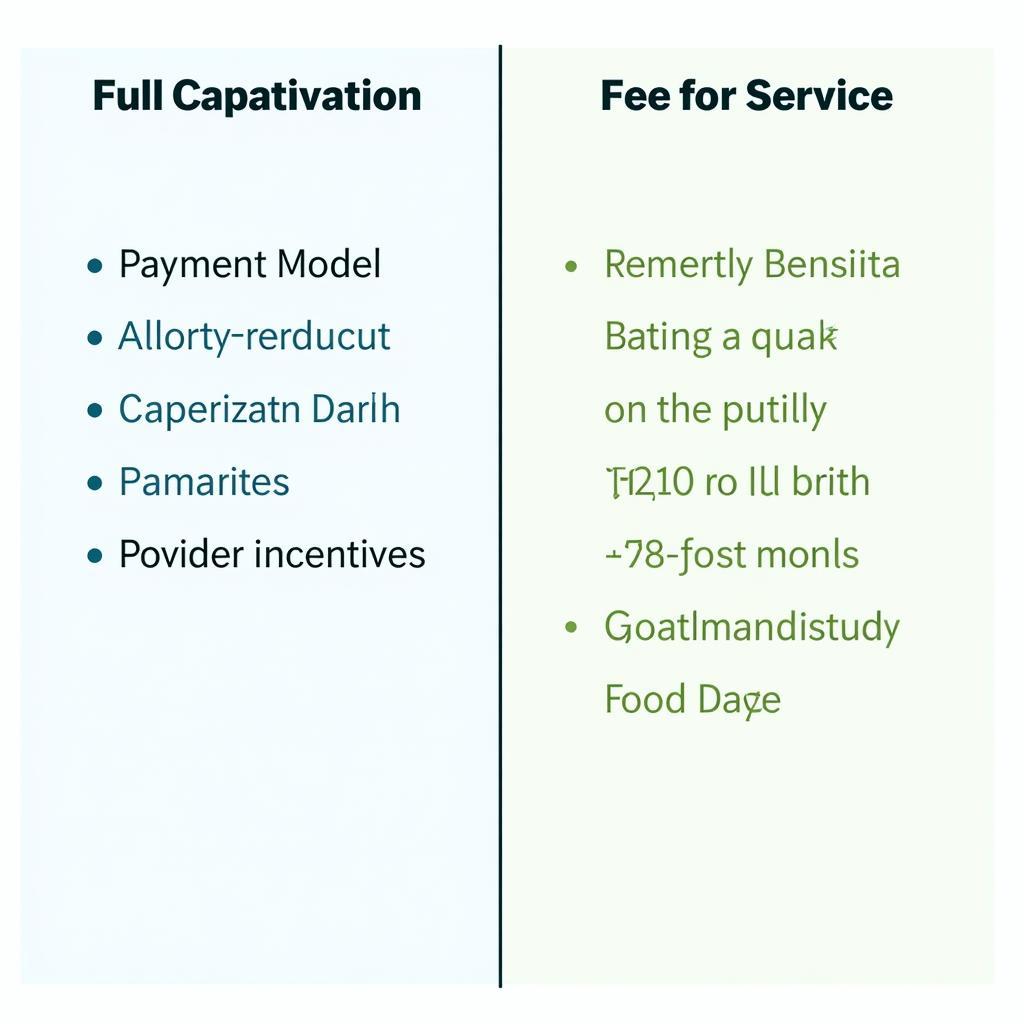Understanding the Importance of a Car Service Interim
An interim car service is a crucial preventative maintenance check that sits between your car’s annual major service. It addresses potential issues before they escalate into costly repairs, keeping your vehicle in optimal condition. But how often do you need a Car Service Interim, and what does it actually involve? This article delves into the specifics of this vital service to keep you informed and your car running smoothly.
What is a Car Service Interim and Why Do I Need One?
Imagine this: you’re cruising down the highway, enjoying the scenery, when suddenly, your engine starts sputtering. This scenario could be avoided with a car service interim. Unlike a full service, which is more comprehensive, an interim service focuses on key areas to ensure your car remains reliable and safe.
 Car Service Interim Checklist
Car Service Interim Checklist
Here’s why you need it:
- Preventative Maintenance: Detects minor issues early on, preventing them from becoming major (and expensive!) problems down the road.
- Safety First: Ensures essential safety components like brakes and tires are in top condition, keeping you and your passengers safe.
- Improved Performance: Keeps your car running smoothly and efficiently, potentially improving fuel economy and reducing emissions.
- Extended Lifespan: Regular maintenance can significantly extend the life of your vehicle, saving you money in the long run.
How Often Should I Get a Car Service Interim?
While a full car service is typically recommended annually or after a certain mileage, an interim service is ideal every six months or around 6,000 miles. This frequency is particularly important for:
- High-Mileage Drivers: If you frequently use your car for long commutes or road trips, an interim service helps manage the extra wear and tear.
- Older Vehicles: As cars age, they require more frequent attention to ensure optimal performance and safety.
- Demanding Driving Conditions: Driving in extreme weather, heavy traffic, or on rough terrain can put additional strain on your vehicle.
What Does a Car Service Interim Include?
A car service interim focuses on essential checks and replacements to maintain your car’s health. While specific services may vary depending on the garage and your car’s make and model, here are some standard inclusions:
- Oil and Filter Change: Fresh oil and a new filter are crucial for engine lubrication and performance.
- Fluid Level Check and Top-Up: This includes brake fluid, coolant, power steering fluid, and windshield washer fluid.
- Tire Pressure and Condition Inspection: Correct tire pressure ensures optimal safety, fuel efficiency, and tire lifespan.
- Brake Inspection: Checking the brake pads, discs, and fluid levels is crucial for safe stopping distances.
- Lights Check: Ensuring all lights are functioning correctly is vital for visibility and safety.
- Visual Inspection: A mechanic will visually inspect your car for any signs of wear and tear, leaks, or damage.
 Checking Car Fluids During Interim Service
Checking Car Fluids During Interim Service
Understanding the Difference: Interim Service vs. Full Service
While both are crucial for your car’s well-being, an interim service differs from a full service in scope and comprehensiveness.
- Scope: An interim service focuses on essential checks and replacements, while a full service is more comprehensive, covering a wider range of components.
- Frequency: An interim service is recommended every six months or 6,000 miles, whereas a full service is usually annual or based on mileage.
- Cost: Naturally, an interim service is more budget-friendly than a full service, as it involves fewer checks and replacements.
Choosing between the two depends on your car’s age, mileage, driving habits, and budget. If you’re unsure, consulting a trusted mechanic can help you determine the best option.
Choosing the Right Garage for Your Car Service Interim
Finding a reliable garage is key to ensuring a quality car service interim.
- Recommendations: Seek recommendations from friends, family, or online reviews to find reputable garages.
- Certifications: Look for garages certified by reputable organizations such as the Motor Ombudsman or Trading Standards.
- Transparency: Choose a garage that provides transparent pricing and clear explanations of the services offered.
- Communication: Opt for a garage that communicates effectively, keeping you informed throughout the process.
Investing in a car service interim is an investment in your car’s longevity, performance, and your safety on the road. Remember, regular maintenance is always cheaper than major repairs down the line.
FAQs about Car Service Interim
1. Is an interim service necessary if I don’t drive my car frequently?
Even with infrequent use, fluids can deteriorate, and components can seize up. An interim service is still recommended, though the frequency may be adjusted based on your mileage.
2. Can I perform an interim service myself?
While some checks can be done at home, an interim service requires mechanical expertise and specialized tools. It’s best left to professionals.
3. How long does an interim service take?
An interim service typically takes 1-2 hours, but this can vary depending on the garage’s workload and any additional work required.
4. What happens if issues are found during the interim service?
If any problems are detected, the garage will inform you and provide a quote for the necessary repairs. They will only proceed with your consent.
5. How much does a car service interim cost?
The cost varies depending on your car’s make and model and the garage’s labor rates. It’s best to contact garages directly for accurate quotes.
Keep Your Car Running Smoothly: Book Your Interim Service Today!
Don’t wait for a warning light to remind you about car maintenance. Proactively scheduling a car service interim ensures your vehicle stays in optimal condition, providing you with peace of mind and many miles of enjoyable driving. For more information on car servicing options, you can visit these resources:
- Book car service and mot swindon
- How often do you have to service your car
- Arnold Clark car retail service cost
Remember, a well-maintained car is a safe and reliable car.

